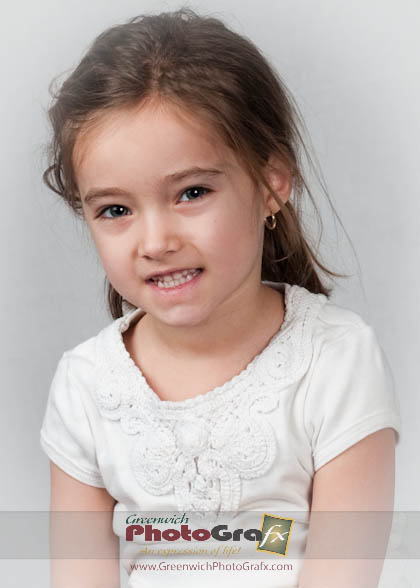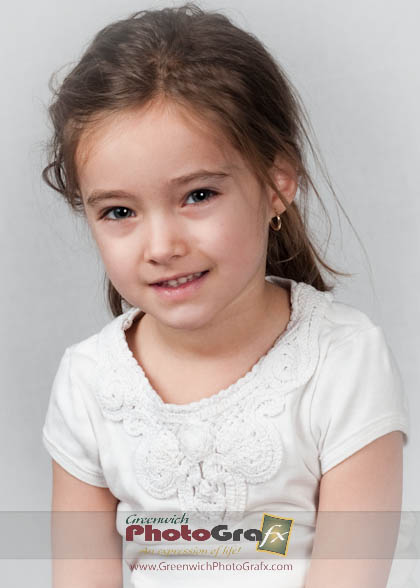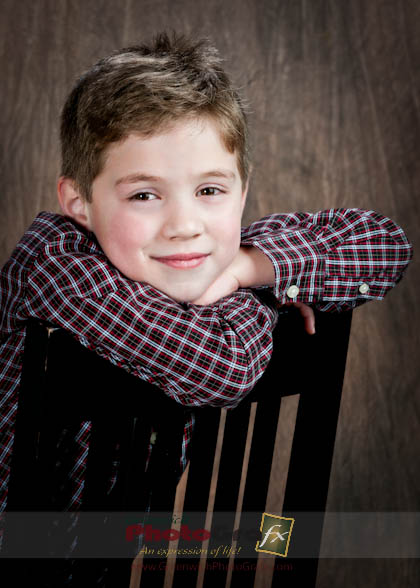The words “Say Cheese” and the toothy smile it invariably generates, is so well ingrained in our modern popular culture that at times it’s our first automatic response while posing for the camera! The expression, albeit with variations, also continues to be one of the (last resort) options for a Photographer to elicit a “happy” portrait, when all else fails.
The precise origin and earliest use of “Say Cheese” is unknown. Its use today and resulting facial expressions are culmination of photographic evolution of the Twentieth Century, fueled by the commercialization and popularizing of the snapshot culture by the likes of Eastman Kodak, media in general, speedy camera shutter, and the rise of dental care, mouth products, and advertising. The pop culture portrait expressions of today contrast considerably with the solemn faces and stoic expressions of the Nineteenth Century portraits, where etiquette codes and beauty standards called for carefully controlled and small mouth, with only occasional softening by a Mona Lisa curve of the lips (Kotchemidova, 2005).


However, the pursuit of capturing the “natural reality” in portraits can also be documented from the early part of the Twentieth Century with several articles in American Photography (mid-1930s) that discussed “natural” in photo portraiture as “The expression gives the spark of life to the image and that is as near as we can approximate the record of aliveness” (Jourdan, 1936). Although one can argue that the “aliveness” is not just specific to a smile, the Photographer’s skills can produce spontaneity where distinction between a “natural” and fake smile is lost, and the resulting portrait achieves the creator’s intent.


Documentary Photographer Mary Ellen Mark once said “I don’t often like it when people smile for the camera. Sure, sometimes when they laugh it can be beautiful. Often, though, a smile is a defense – people are uncomfortable. If someone has a fake smile I would tell them not to smile.” Some of the early amateur portraiture invariably showed subjects with a sense of unease and fright before the camera. Some likened the act of taking (shooting) someone’s picture to a predatory act that symbolically transforms the subject into an owned object (Sontag, 1977).
Therefore, the art of capturing moving emotions and expressions in portraiture involves persistence, patience, and skill on part of the Photographer to make the subjects comfortable and create a “happy” experience. This allows the Photographer to capture memorable expressions ranging from soft “natural” smiles, hearty laughs, to a lively gaze, even when the subject is looking away from the camera.





by Ajay K.